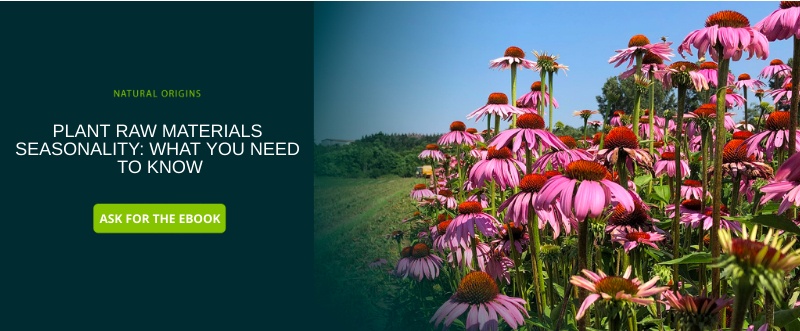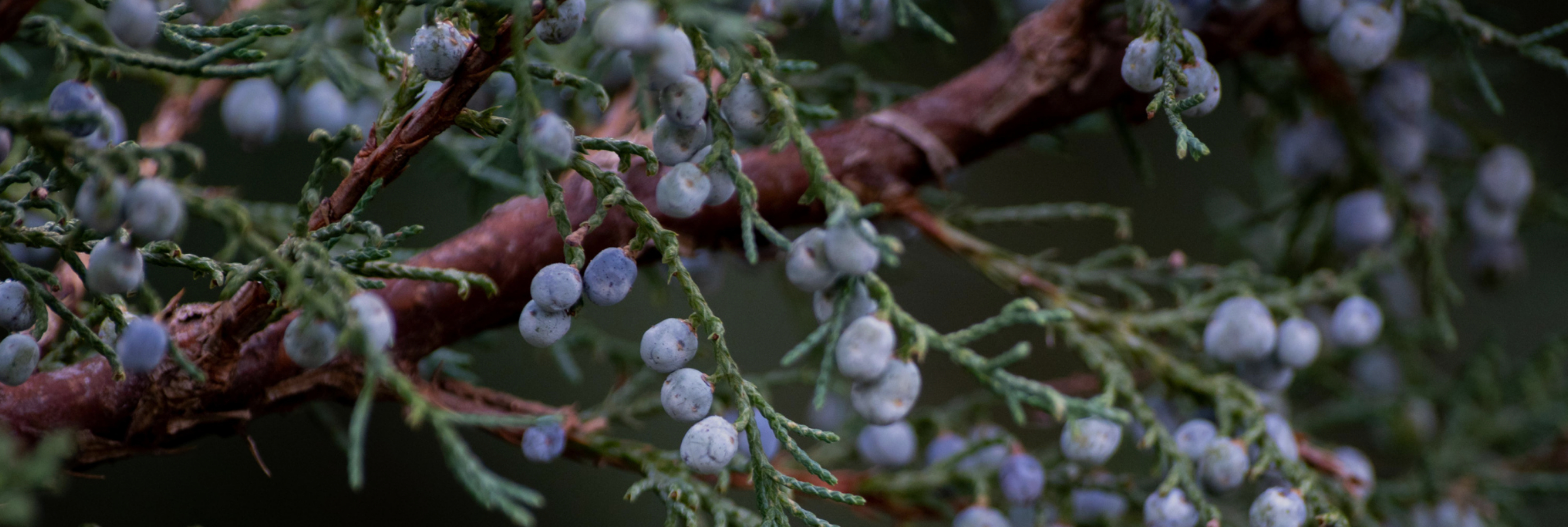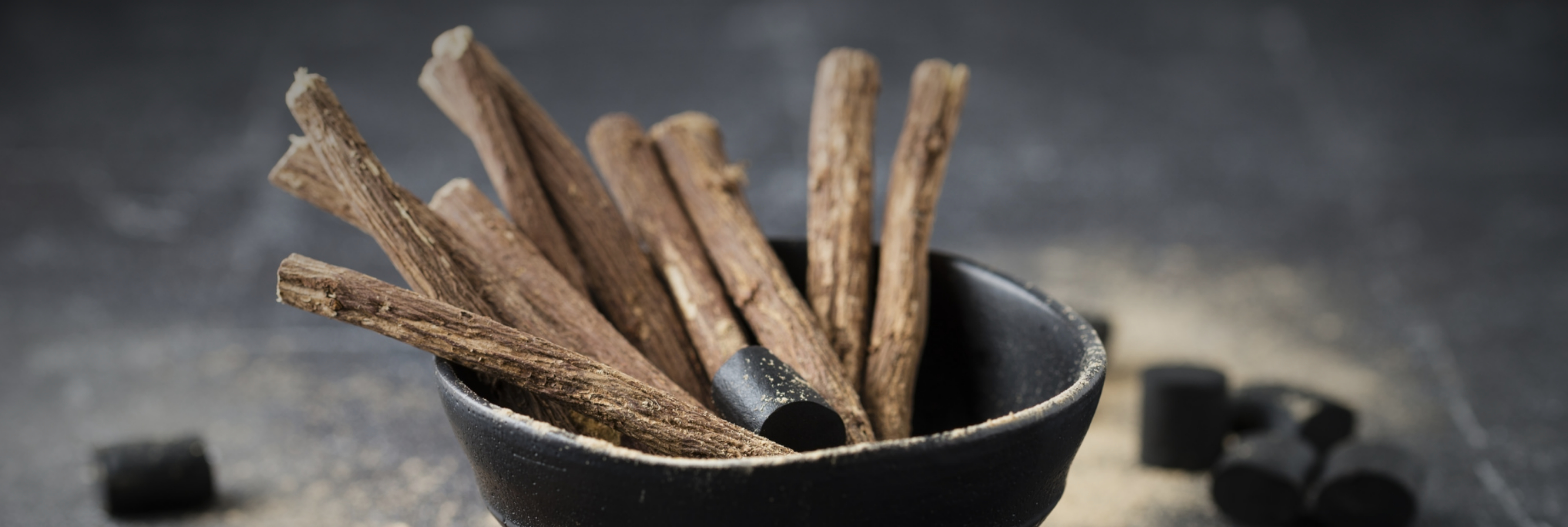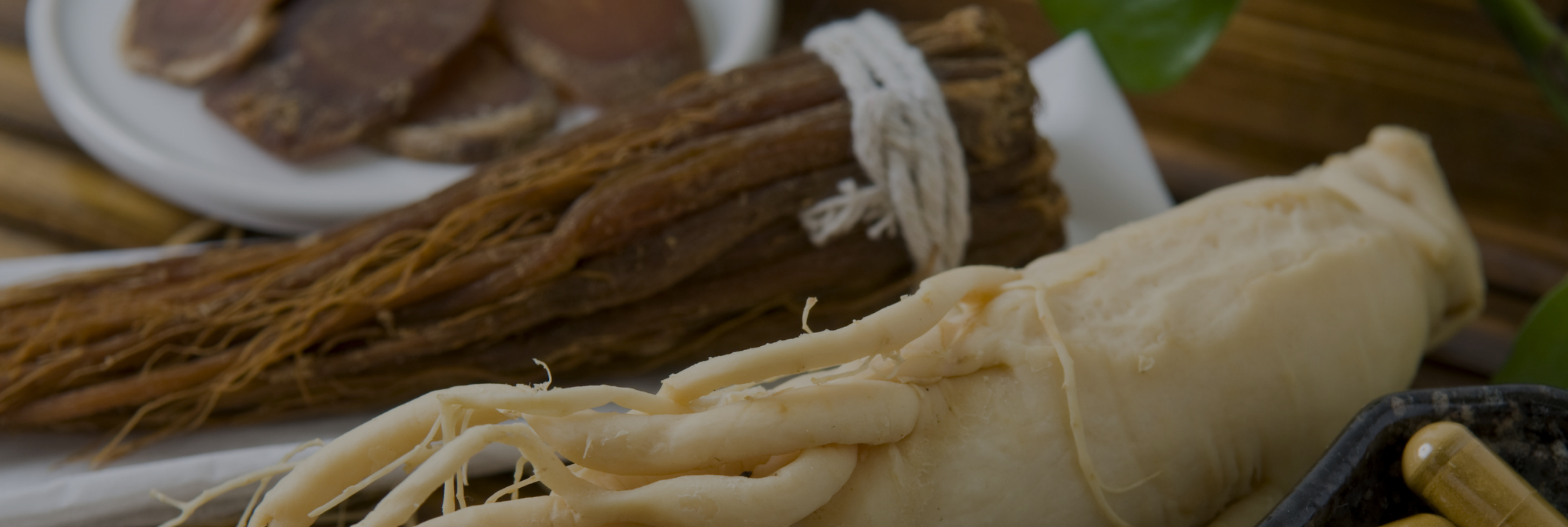The yellow fruit of the lemon tree Citrus Limon (L.) Burm. F was recommended for its therapeutic virtues by the Greeks and Romans in ancient times and is an ancestral and indispensable health food in our diet today. Lemon is indeed a rich fruit that combines many benefits and is bestowed with an exceptional flavour.
The specific nature of the Citrus Limon (L.) Burm. F. lemon
Today we consume a hybrid lemon that comes from a graft between the citron and bitter orange tree around 5000 years ago (1).
The dominant cultivated varieties of lemons are the "four seasons" which produce flowers and fruits with varying fragrances and intensities throughout the year.
Widely used for its food use, lemons enhance the taste of food dishes, flavours pastries and the sorbets. It is also a condiment and a natural preservative. Lemon juice is used to make refreshing drinks, while its pectin, a natural gelling agent, is used in lemonades, teas, infusions, ice cream, cakes, etc. It can also replace vinegar.
Lemon, a fruit rich in active ingredients and health benefits
Lemon is traditionally known to cure colds, in juice or in infusion form. The essential oil of this fruit is used in cosmetic and household products as an antiseptic and bactericide. It is also said to have antioxidant (2) and digestive properties.
Based on its high vitamin C content (52 mg per 100 g), lemons are a source of pharmacologically active substances that provide energy and support the immune system (3). This fruit is also low-calorie (30 calories for 100 g) and contains B, B1, B2, B3, B5, and B6 group vitamins along with E and K vitamins.
Lemons also contain:
- Minerals and trace elements, namely potassium (150 milligrams for 100 grams), calcium (60 mg for 100 g) along with phosphorous, iron, copper and magnesium.
- Soluble fibres (pectin), carbohydrates, lipids and fatty acids.
- Lavonoids, eriocitrin and hesperetin, which provides its lovely yellow colour and its anti-inflammatory (4) properties.
These flavonoids also would contribute to decreasing the risk of cardio-vascular diseases (5), chronic diseases (6) while preventing hypercholesterolaemia (7) and diabetes (8).
Lemons would display inhibitory effect on various types of cancer based on certain studies (9). A citrus fruit rich in limonods (limonin and nomilin) (10) of which some display antifungal activity (11), and could inhibit HIV-1 replication (12).
Our organic lemon supply chain: responsible and monitored sourcing
Our exclusively organic lemon peels come from the region of Murcia in Spain, which is very favourable to citrus growing.
Natural Origins works in partnership with a local supplier who has been certified organic for twelve years and who also complies to IFS, ISO9001 and ISO14001 standards. Our partners employ nearly 600 people in their 400-hectare agricultural structure. They are also developing environmentally friendly actions, notably through a significant volume of organic production: in 2019, 25,000 tons of fresh lemons were harvested, 40,000 tons in 2020 with new plantations.
By choosing peels from the juice industry, Natural Origins demonstrates its commitment to eco-responsibility and invests in CSR by promoting upcycling. This no-waste ecological process involves using unused parts or co-products of fruits and plants (peeling waste, husks, peels etc.) as ingredients in the composition of new food products.
Our fresh peels of Citrus Limon (L.) Burm. F. are processed as soon as they are harvested in order to preserve their intact taste quality and intense flavour. Our peels are harvested by hand when ripe, in winter and summer, with a yield of 40 tons per hectare for organic lemons. They are then dried by agricultural co-product combustion and then processed.
At Natural Origins we make sure to check all the batches for contaminants (pesticides, moisture content, organoleptic and sensory analysis of the peels). In accordance with the regulations in force, our selection is strict and rigorous. In order to guarantee the traceability of our ingredients, we control the entire process.
Our organic lemon from Spain includes the zest and the mesocarp of the fruit, which provides slight bitterness. Our recent harvests, not exceeding one year, allow us to provide you with peels with an intense and intact organoleptic profile. The radiant yellow liquor and the strong and fragrant essences of our lemon give it a strong aromatic, acidic, but also sweet flavour.
At Natural Origins we offer several organic lemon peels with authentic flavour references which are part of four product ranges:
- Herbal & Teas (cuts 0.5-1.5mm,1-4mm, 3-5mm, 4-10mm; customised blends such as Green tea – ginger - lemon)
- Raws (cut 1-4mm adapted to macerations & distillations for the spirits & beers industry)
- Taste Giving Extracts (3CFE051587: water soluble powder extract adapted to all beverages (notably to 0.0 products)
- Life Science & Nutrition: Organic Lemon Powder Peel 500µm 1.5% Flavonoids
Please feel free to contact us for any additional requests for this reference.
To see our entire product range, check out our online catalogue available 24 HOURS A DAY 7 DAYS A WEEK.
Sources :
(1) Franck Curk, Frédérique Ollitrault, Andres Garcia-Lor, François Luro, Luis Navarro, Patrick Ollitrault, Phylogenetic origin of limes and lemons revealed by cytoplasmic and nuclear markers, Annals of Botany, Volume 117, Issue 4, April 2016, Pages 565–583, https://doi.org/10.1093/aob/mcw005
(2) 14.Yu J, Wang L, Walzem RL et al. Antioxidant activity of citrus limonoids, flavonoids, and coumarins. J Agric Food Chem. 2005;53:2009-2014.
(3) Gharagozloo M, Ghaderi A. Immunomodulatory effect of concentrated lime juice extract on activated human mononuclear cells. J Ethnopharmacol. 2001;77:85-90.
(4) Benavente-Garcia O, Castillo J. Update on uses and properties of citrus flavonoids: new findings in anticancer, cardiovascular, and anti-inflammatory activity. J.Agric.Food.Chem. 2008;56:6185-205.
(5) Bazzano LA, Serdula MK, Liu S. Dietary intake of fruits and vegetables and risk of cardiovascular disease. CurrAtheroscler Rep. 2003;5:492-499.
(6) Steinmetz KA, Potter JD. Vegetables, fruit, and cancer prevention: a review. J Am Diet Assoc. 1996;96:1027-1039.
(7) Coats AJ. The potential role of soluble fibre in the treatment of hypercholesterolaemia. Postgrad Med J. 1998;74:391-394.
(8) Harding AH, Wareham NJ, et al. Plasma vitamin C level, fruit and vegetable consumption, and the risk of new-onset type 2 diabetes mellitus - The European Prospective Investigation of Cancer-Norfolk prospective study. Arch Intern Med. 2008 Jul 28;168(14):1493-9.
(9) Foschi R, Pelucchi C, et al. Citrus fruit and cancer risk in a network of case-control studies. Cancer Causes Control 2010;21:237-42.
Miller EG, Gonzales-Sanders AP, et al. Citrus limonoids as inhibitors of oral carcinogenesis. Food Technol. 1994;48:110-114
Ogata S, Miyake Y, et al. Apoptosis induced by the flavonoid from lemon fruit (Citrus limon BURM. f.) and its metabolites in HL-60 cells. BiosciBiotechnolBiochem. 2000;64:1075-1078.
Bae JM, Lee EJ, Guyatt G. Citrus fruit intake and pancreatic cancer risk: a quantitative systematic review. Pancreas 2009;38:168-74
Miller EG, Porter JL, et al. Further studies on the anticancer activity of citrus limonoids. J Agric Food Chem. 2004;52:4908-4912.
(10) Lam LKT, Hasegawa S, et al. Limonin and nomilin inhibitory effects on chemical-induced tumorigenesis. In: Berhow MA, Hasegawa S, Manners GD, editors. Citrus LimonoidsFunctionalChemicals in Agriculture and Foods. Washington, DC: 2000: 185-200
(11) Govindachari TR, Suresh G, et al. Antifungal activity of some tetranortriterpenoids. Fitoterapia. 2000;71:317-320
(12) Battinelli L, Mengoni F, et al. Effect of limonin and nomilin on HIV-1 replication on infected human mononuclear cells. Planta Med. 2003;69:910-913.

Graziella Riant-Dalibard
Head of BU Taste








Leave a comment